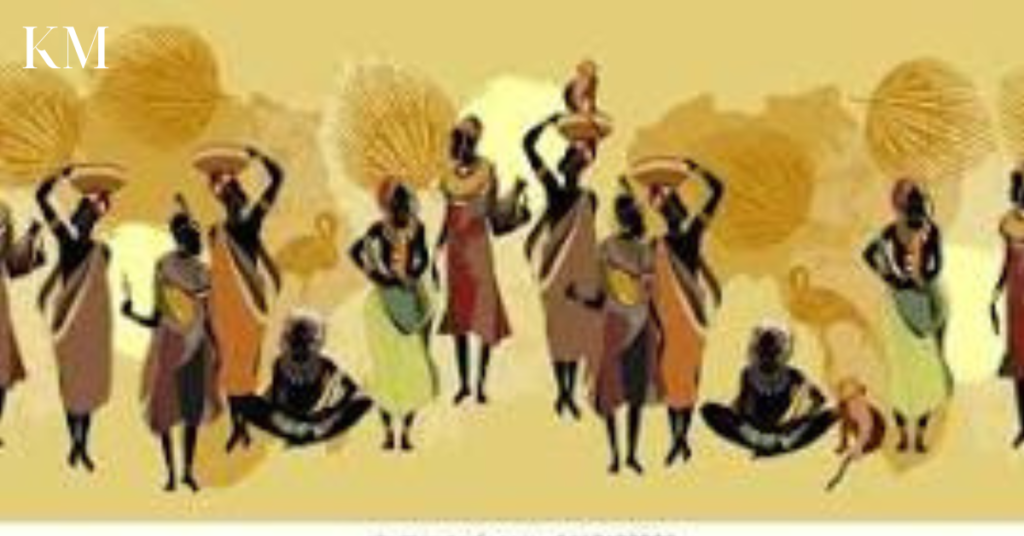
From ancient times to modern-day fashion runways, the evolution of Black women’s hairstyles is a fascinating expression of culture, identity, and tenacity. Hairstyles have developed over time, influenced by historical events, society standards, and personal aesthetic preferences. Let us take a deeper look at the extraordinary evolution of Black women’s hairstyles.
According to Latest Hairstyles modern, edgy, and classic African-American hairstyles always stand out in a crowd. Like the perfect accessory, they bring a whole look together. Whether you prefer simple and chic or textured and funky, these black hairstyles will get you noticed!
Ancient Origins:
Black women’s hairstyles originated in ancient Africa, where hair was cherished as a symbol of ethnic identity and spiritual importance. Elaborate braids, intricate patterns, and adornments demonstrated inventiveness while reflecting the diverse traditions of African civilizations.
Colonial Era:
The colonialism and transatlantic slave trade caused substantial modifications in Black women’s hairstyles. Forced absorption into European beauty standards resulted in the extinction of native African hairstyles. However, women maintained cultural connections through hidden styling habits and modifications, demonstrating resilience.

Harlem Renaissance:
The Harlem Renaissance was a cultural awakening for Black Americans, with a renaissance of pride in their natural hair textures. Iconic hairstyles such as finger waves and the pompadour were emblems of individuality and rebellion of societal expectations. Black ladies embraced their inherent beauty with confidence and inventiveness.
Civil Rights Movement:
In the 1960s and 1970s, the afro emerged as a potent symbol of Black pride and resistance during the Civil Rights Movement. Black ladies proudly wore their hair in enormous afros, defying popular beauty standards and asserting themselves on their own terms. This era also saw an increase in braided styles, which symbolize cultural heritage and community togetherness.
Modern Trends:
From the 1980s to the present, Black women’s hairstyles have evolved in response to music, pop culture, and worldwide fashion trends. Natural hair movements have gained traction, as more women embrace their curls, coils, and kinks. Protective styles such as braids, twists, and locs have grown in popularity because to their aesthetic appeal, adaptability, and hair health benefits.
Finally, the growth of Black women’s hairstyles demonstrates perseverance, cultural pride, and the ongoing drive for self-expression. Each age has a unique narrative to tell, reflecting both the intricacies of history and the beauty of diversity. As Black women continue to cherish their natural beauty and heritage, the evolution of their hairstyles remains an amazing story of strength and empowerment.


